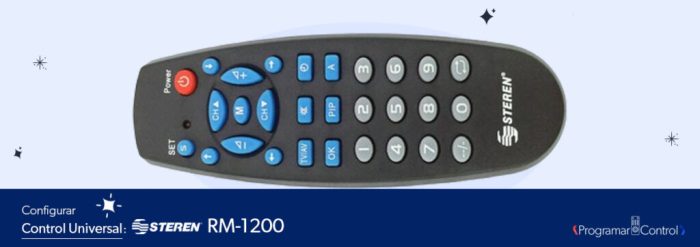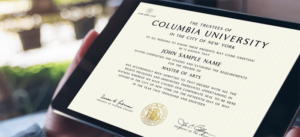Incorrect Device Code
- Issue:The remote fails to control a specific device due to an incorrect code.
- Solution:Refer to the manufacturer’s code list or search online for the correct code. Try multiple codes from the list until you find one that works.
Misalignment between Remote and Device
- Issue:The remote may not be properly aligned with the device, resulting in poor signal transmission.
- Solution:Ensure the remote is pointed directly at the device’s infrared (IR) receiver. Move closer to the device if necessary.
Obstructions Blocking Signal
- Issue:Obstacles such as walls, furniture, or other electronic devices can interfere with the IR signal.
- Solution:Clear the path between the remote and the device. Consider using a remote extender to bypass obstructions.
Battery Issues
- Issue:Weak or dead batteries can affect the remote’s performance.
- Solution:Replace the batteries with new ones. Ensure the batteries are inserted correctly according to the polarity markings.
Software Glitches
- Issue:Occasionally, software glitches can cause the remote to malfunction.
- Solution:Reset the remote to its factory settings. Consult the user manual for specific instructions on how to perform a reset.
Advanced Programming Features
Universal remotes offer advanced programming capabilities that enhance their versatility and customization. These features include macro programming, custom button assignment, and learning remotes.
Macro Programming
Macros allow you to combine multiple remote commands into a single button press. This simplifies complex tasks, such as turning on your TV, switching to a specific channel, and adjusting the volume. To program a macro, refer to your remote’s user manual for specific instructions.
Custom Button Assignment
Many universal remotes allow you to assign custom functions to specific buttons. This lets you tailor the remote to your preferences. For example, you could assign the “Guide” button to launch your favorite streaming service.




